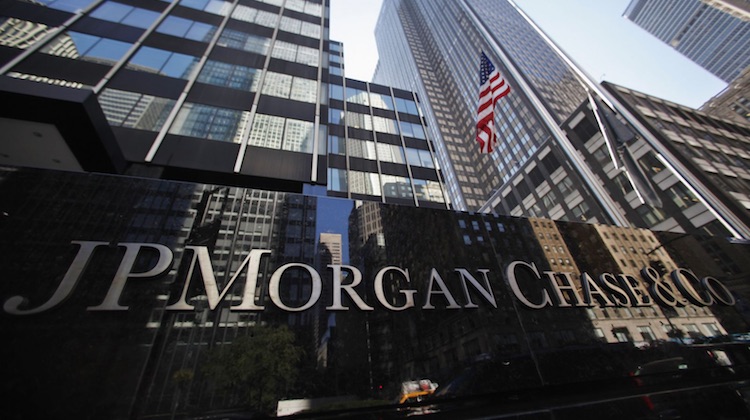The Customer Effect
Could Chase be in the beginnings of a mobile payments push?
- Chase has said it won't issue new debit cards instantly at branches anymore, citing an uptick in fraud.
- JPMorgan has been quiet about its mobile payments strategy but the move coincides with some of its mobile payments partnerships.









